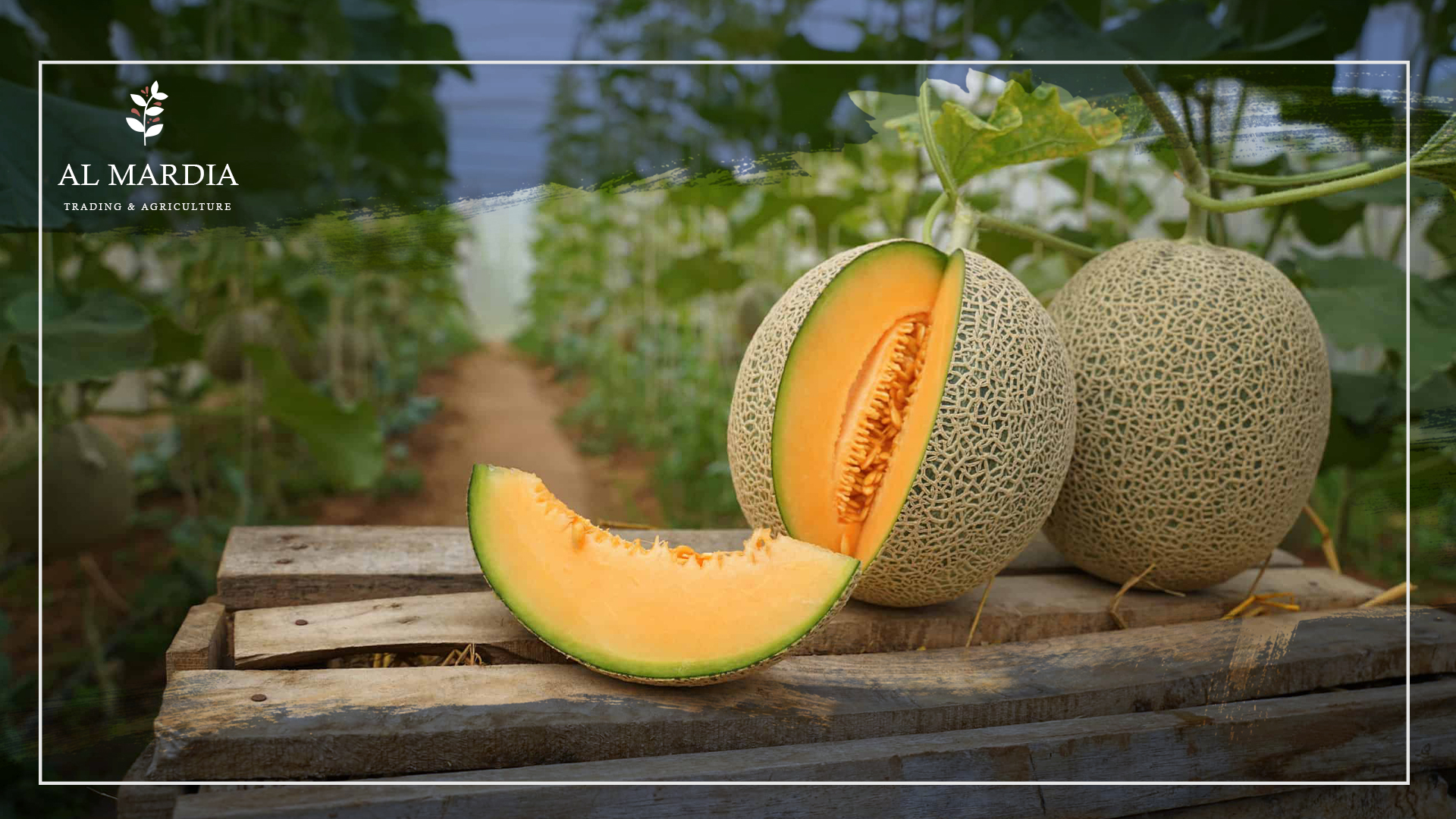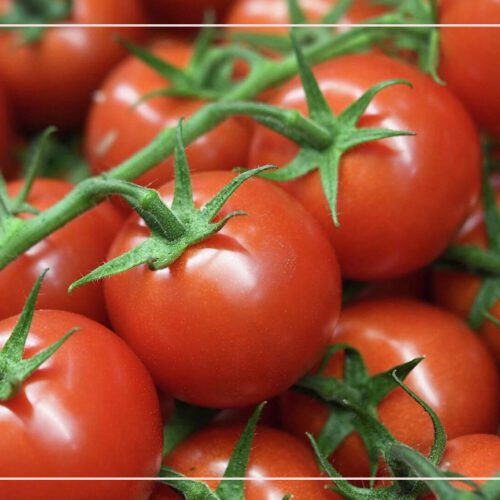
Cantaloupe Planting
How to Grow Your Own
Growing your own cantaloupe is a rewarding and delicious way to get your daily dose of vitamins and minerals.
Learning how to plant and care for cantaloupe can be a bit intimidating if you’re new to gardening. But with the right tools and information, it’s actually not as hard as it seems.
In this article, we’ll discuss the essential steps for cantaloupe planting, from site selection and soil preparation, to when and how to harvest. We’ll also go over some common problems that may arise and how to troubleshoot them. By the end of this guide, you’ll have all the knowledge you need to successfully grow your own sweet, juicy cantaloupe in no time!
Understanding the Basics of Growing Cantaloupe
Growing your own cantaloupe can be a productive and enjoyable experience. Before you start, there are some basics you should understand in order to maximize your success.
To start, look for a variety that matures within your growing season. Cantaloupes generally require full sun and are vulnerable to frost, so be sure to pick a variety that matures quickly if you live in an area with a shorter growing season.
Additionally, make sure that the soil is loose and fertile for optimal root growth. Consider adding organic additives such as Growthmax or any suitable manure prior to planting. To help retain moisture, consider using mulch around the plants after they’ve been planted. Last but not least, plan for an adequate water supply—melons need a steady supply of water throughout their growth cycle. So make sure to stay on top of watering during dry periods—especially when your melons start to form!
Selecting Varieties of Cantaloupe for Planting
- When selecting varieties of cantaloupe for planting, there are a few things to keep in mind. Common types of cantaloupe grown for home gardens include ‘Hale’s Best’, ‘Sugar Cube’, and ‘Ambrosia’. These all have different shapes, sizes, and growing requirements.
- For instance, ‘Hale’s Best’ is a traditional cantaloupe with an oblong shape, while ‘Sugar Cube’ is a compact variety that produces smaller melons that weigh between 3-4 pounds. Similarly, ‘Ambrosia’ is an all-purpose melon that produces sweet, juicy fruit with a thin rind.
- Each variety has its own requirements for soil quality, water, and sunlight levels—so be sure to double-check the specific needs of the variety you choose to avoid any potential issues during the growing process. Additionally, selecting appropriate varieties for your climate helps ensure optimal growth results.
Sustainable Practices for Planting and Caring for Your Cantaloupe Patch
No matter what you are growing, sustainability is key. Cantaloupes are no exception! Here are some tips to help you grow your patch responsibly:
-
Plant Native Varieties
Native varieties of cantaloupe require less fertilization and water, as they are accustomed to the local climate. Growing a variety that is native to your region can help reduce your overall water and energy usage.
-
Practice Mulching
Mulching helps conserve soil moisture and ward off weed growth. When mulching cantaloupe plants, make sure to use organic material like straw, hay, or bark chips. These natural materials will slowly break down over time and create more nutrient-rich soil.
-
Compost Regularly
Composting is an excellent way to nourish the soil in a sustainable way. Compost made with food waste, lawn clippings, and leaves can be spread around the base of the plants to provide them with essential nutrients throughout the season. See our product Add Life.
By following these sustainable practices, you can ensure that your cantaloupe patch will thrive for years to come!
Pruning Techniques for Growing Cantaloupe
Pruning your cantaloupe plants correctly is essential for getting the best crop of fruit. It helps to encourage strong vines, leading to healthier plants and higher yields.
-
When to Prune
It’s best to prune cantaloupe plants in early spring and then again in midsummer. Before the vines start to bloom and fruits begin to form, make sure to cut away any dead or diseased stems. This will help create more airflow throughout the plant and reduce issues with disease or pests.
-
How Much To Prune
When pruning, make sure not to remove more than one-third of the plant’s total foliage at any given time; doing so can shock the plant and delay its growth. Make sure you are cutting evenly across both sides of the vine, ensuring each segment has plenty of leaves left intact for light absorption.
-
Other Tips for Pruning Cantaloupes
When pruning cantaloupes, try not to leave too many stems that are over 6 feet long; these tend to be weaker and produce less fruit than shorter clusters of stems. You can also tie up some of the biggest vines near their base with twine for additional support or use trellises if desired. Ultimately, following these simple tips will help you get a higher yield from your cantaloupe plants!
Benefits of Training Cantaloupe on a Trellis
Growing your own cantaloupes can be immensely rewarding – not only do you get the satisfaction of harvesting the fruits of your labor, but you also get the added benefit of training the cantaloupes to grow on a trellis.
Training your cantaloupes on a trellis has several benefits that can help optimize your gardening experience:
-
More Sunlight Access
Training cantaloupes on a trellis allows more direct access to sunlight and air circulation throughout the plant. This helps to maximize its potential for growth and ripening.
-
Better Space Utilization
Growing cantaloupe on a trellis can save space in smaller gardens, allowing you to maximize the yield of your crop without taking up additional space.
-
Plus Protection From Facing Diseases
Cantaloupe plants grown on a trellis are less prone to pests and diseases, as they are less likely to be exposed to soil-borne pathogens.
It is important to note that when training cantaloupes on a trellis, it is best to use string or twine in order to support the growing weight of the fruit as it develops – using wire or rope may damage delicate vines!
Tips for Harvesting and Storing Your Cantaloupes
Harvesting and storing cantaloupes can be tricky, but with a little guidance, you can get the most from your crop. Here are some tips for harvesting and storing your cantaloupes:
-
Harvesting
The best way to tell when your cantaloupes are ripe is by gently squeezing them. If they give slightly to the touch and their stems are dried, then it’s time to harvest. Place the melon in a clean bucket or crate, being careful not to bruise it.
-
Storing
Cantaloupes should be kept cool in order to preserve their flavor and texture. Place them in the refrigerator as soon as possible after harvesting and wrap each one tightly in plastic wrap or waxed paper before putting it in the fridge. This will help prevent them from drying out. If you plan on eating them right away, keep them at room temperature until ready to eat.
When stored correctly, cantaloupes can stay fresh for up to two weeks after harvesting!
Conclusion
With a few simple steps, you can incorporate the delightful and nutritious cantaloupe into your garden. Planting cantaloupe is easier than you think, and by taking a few extra precautions, you can enjoy a healthy, sustainable crop all summer long. Remember to choose a sunny spot, prepare the soil with nutrient-rich compost, space the plants correctly, and provide adequate trellising or other supports. Throughout the season, continue to monitor the plants for pests and diseases, and don’t forget to water and prune. With a little extra care, you can be harvesting sweet, juicy cantaloupe in no time.
Related Topic
Neem Oil: Magic In a Bottle
Common Questions
-
How many cantaloupes do you get from one plant?
A single plant can yield between four to eight succulent cantaloupes. That’s an abundant number of melons that you can reap from one plant!
-
How long do cantaloupes take to grow?
Planting cantaloupe seeds in areas that get full sun and have well-drained soil is key. Make sure the temperature is reliably staying between 50°F to 60°F before planting a group of two or three seeds spaced 2 feet apart. The process for growing can take about 85 days, so don’t rush things.
-
How much water does a cantaloupe need?
It is recommended to water cantaloupes infrequently but deeply – approximately 1-2 inches per week. If possible, it is best to use drip irrigation and mulch around the plants. This helps preserve moisture in the soil and suppresses weed growth.





